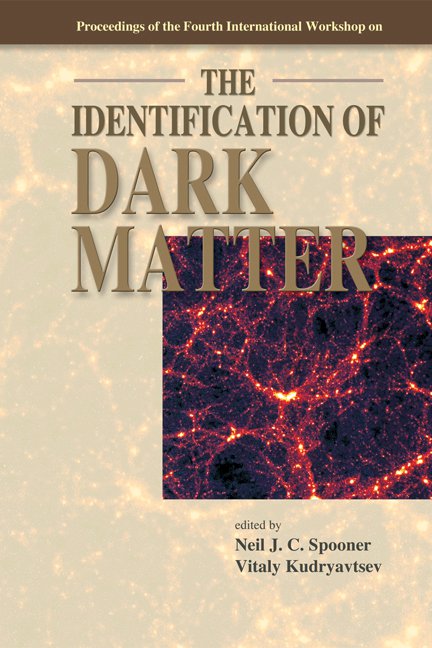NEUTRON DETECTION FOR DARK MATTER AND NEUTRINO EXPERIMENTS AT THE BOULBY MINE
Liquid and plastic scintillators are ubiquitous pieces of apparatus used in any physics laboratory, and especially in the subterranean laboratories of dark matter and neutrino research; this talk details some further uses to which we would like to put them. Specifically, dark matter experiments based on nuclear recoil must exclude neutron background arising from U/Th contamination and from muon interactions, both in the underground rock and in detector components. Neutron shielding is used in current experiments, but to reach lower sensitivity levels active neutron shielding is now being considered for future DRIFT and ZEPLIN detectors, in particular, using loaded scintillator surrounding the target. This work is applicable also to the proposed OMNIS supernova detector, in which the neutrino burst would be detected by nuclear excitation in a lead target with release of neutrons. This detects all neutrino flavours, and would provide information on many aspects of the core collapse process and neutrino masses and oscillations. Practical tests and simulations are in progress for both types of project at the Boulby Mine.



